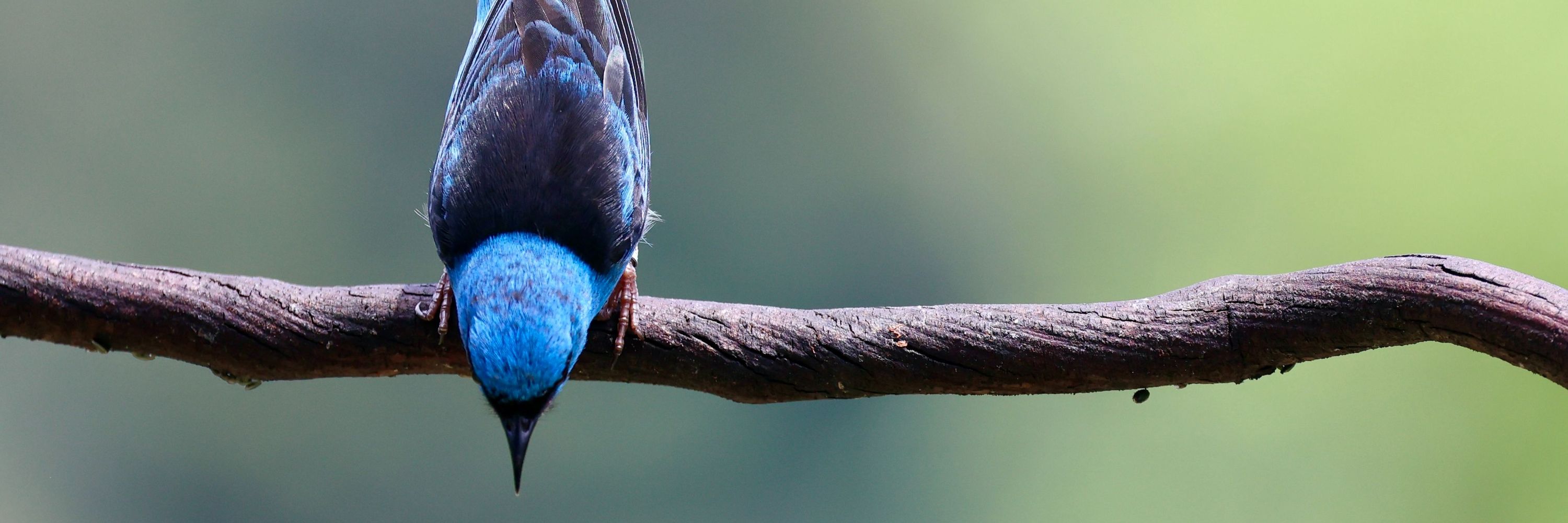
Morgan Tingley
@mwtingley.bsky.social
Professor @UCLA @UCLAEEB
Studying ecological effects of global change (range shifts, #phenology, and #wildfire) on #birds and occasionally other organisms. Proudly LGBTQ (he/him)
Tweets entirely my own
Studying ecological effects of global change (range shifts, #phenology, and #wildfire) on #birds and occasionally other organisms. Proudly LGBTQ (he/him)
Tweets entirely my own
And here's the current Eaton perimeter, covering nearly all of Altadena. Based on mandatory evac zones (red polygons), there is likely expansion west and south into Pasadena and other hill communities

January 8, 2025 at 7:57 PM
And here's the current Eaton perimeter, covering nearly all of Altadena. Based on mandatory evac zones (red polygons), there is likely expansion west and south into Pasadena and other hill communities
Watch Duty allows visualization from satellite, updated from MODIS 4x a day, which is lagged, but helpful. Here's the most recent MODIS spotting for the Palisades fire:

January 8, 2025 at 7:55 PM
Watch Duty allows visualization from satellite, updated from MODIS 4x a day, which is lagged, but helpful. Here's the most recent MODIS spotting for the Palisades fire:
Welp, I did it. Deleted my Twitter/X account! Excited to see how this space grows. Based on notifications, it's growing super rapidly amongst scientists, which is nice to see.

November 9, 2024 at 10:33 PM
Welp, I did it. Deleted my Twitter/X account! Excited to see how this space grows. Based on notifications, it's growing super rapidly amongst scientists, which is nice to see.
Still looking for a fun, unique holiday gift? Every year my lab puts together an amazing bird photo calendar, and I make it available to others. We don't make any money off of it, we just like to share the joy of birds! 🐦🪶🌎
Link to order in reply
Link to order in reply

December 14, 2023 at 1:02 AM
Still looking for a fun, unique holiday gift? Every year my lab puts together an amazing bird photo calendar, and I make it available to others. We don't make any money off of it, we just like to share the joy of birds! 🐦🪶🌎
Link to order in reply
Link to order in reply
Finally, as birds continue to fall behind, their productivity will fall, on average by 12% by 2100. A 12% decline in annual young produced would be terrible for populations that are already harmed by humans in so many ways.

July 7, 2023 at 11:13 PM
Finally, as birds continue to fall behind, their productivity will fall, on average by 12% by 2100. A 12% decline in annual young produced would be terrible for populations that are already harmed by humans in so many ways.
Second, birds aren’t keeping up with advancing spring. For every 4 day advance in vegetation, birds only advance breeding by 1 day. While breeding shifts are faster than shifts in when birds migrate, birds are still falling behind.

July 7, 2023 at 11:12 PM
Second, birds aren’t keeping up with advancing spring. For every 4 day advance in vegetation, birds only advance breeding by 1 day. While breeding shifts are faster than shifts in when birds migrate, birds are still falling behind.
Of 3 main findings, the first was that there *is* an optimal time for birds to breed. Productivity (young/adult) is maximized both on the early/late spectrum, and when asynchrony is minimized

July 7, 2023 at 11:12 PM
Of 3 main findings, the first was that there *is* an optimal time for birds to breed. Productivity (young/adult) is maximized both on the early/late spectrum, and when asynchrony is minimized
We looked at two different ways that breeding mis-timing could lead to problems: either (1) because spring was, overall, early or late; or (2) because bird breeding was early or late relative to plants (and likely other trophic levels, like insects)

July 7, 2023 at 11:12 PM
We looked at two different ways that breeding mis-timing could lead to problems: either (1) because spring was, overall, early or late; or (2) because bird breeding was early or late relative to plants (and likely other trophic levels, like insects)
We looked at nearly 20 years of banding data for 41 species to assess whether there are consequences of phenological asynchrony between when birds breed and when (plant-based) spring occurs. Data come from the MAPS program, via our always amazing collaborators at Institute for Bird Populations

July 7, 2023 at 11:09 PM
We looked at nearly 20 years of banding data for 41 species to assess whether there are consequences of phenological asynchrony between when birds breed and when (plant-based) spring occurs. Data come from the MAPS program, via our always amazing collaborators at Institute for Bird Populations
How are earlier springs caused by climate change affecting birds across North America?
New research in PNAS led by postdoc Casey Youngflesh
🧵 below
New research in PNAS led by postdoc Casey Youngflesh
🧵 below

July 7, 2023 at 11:09 PM
How are earlier springs caused by climate change affecting birds across North America?
New research in PNAS led by postdoc Casey Youngflesh
🧵 below
New research in PNAS led by postdoc Casey Youngflesh
🧵 below

